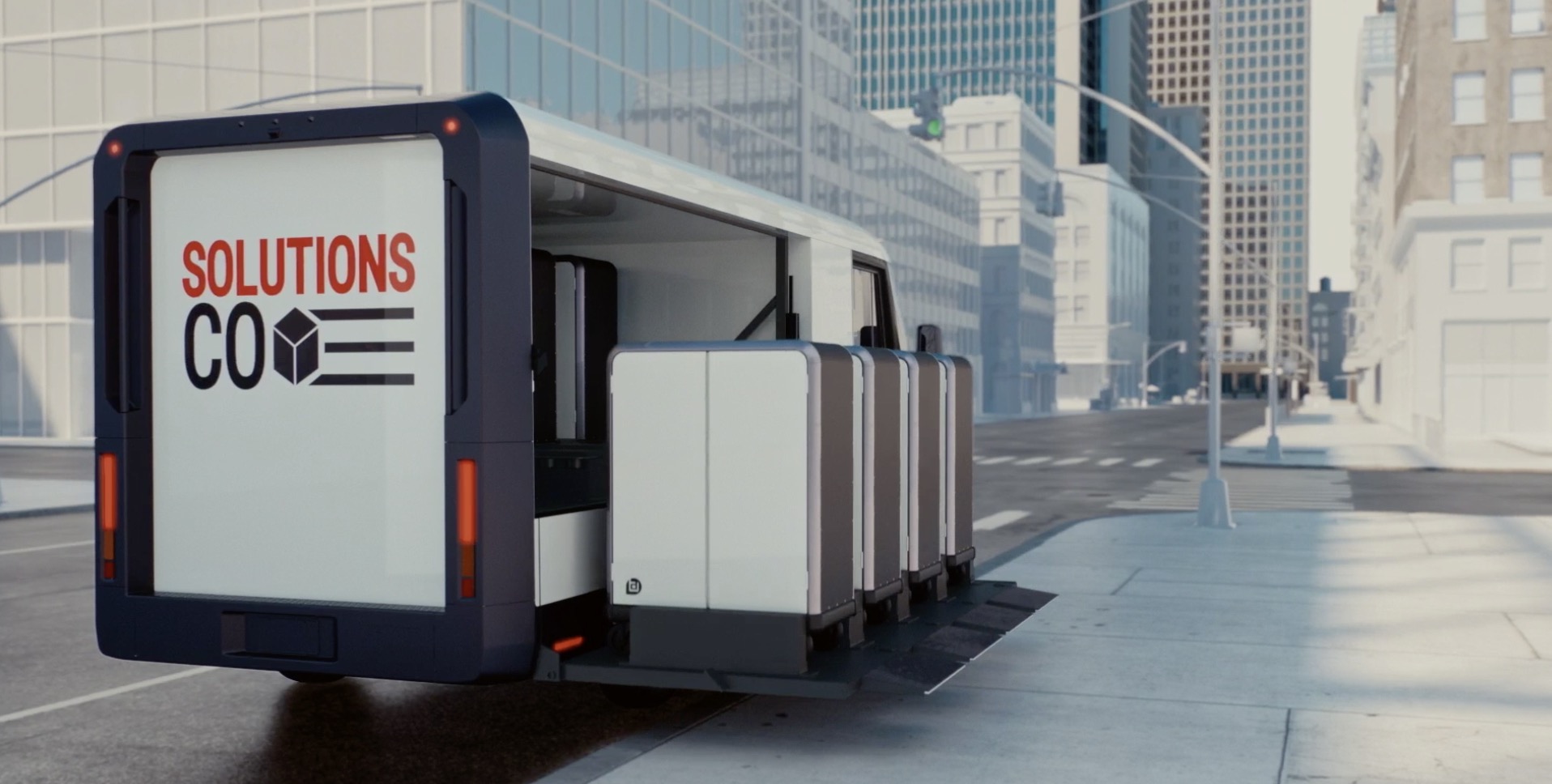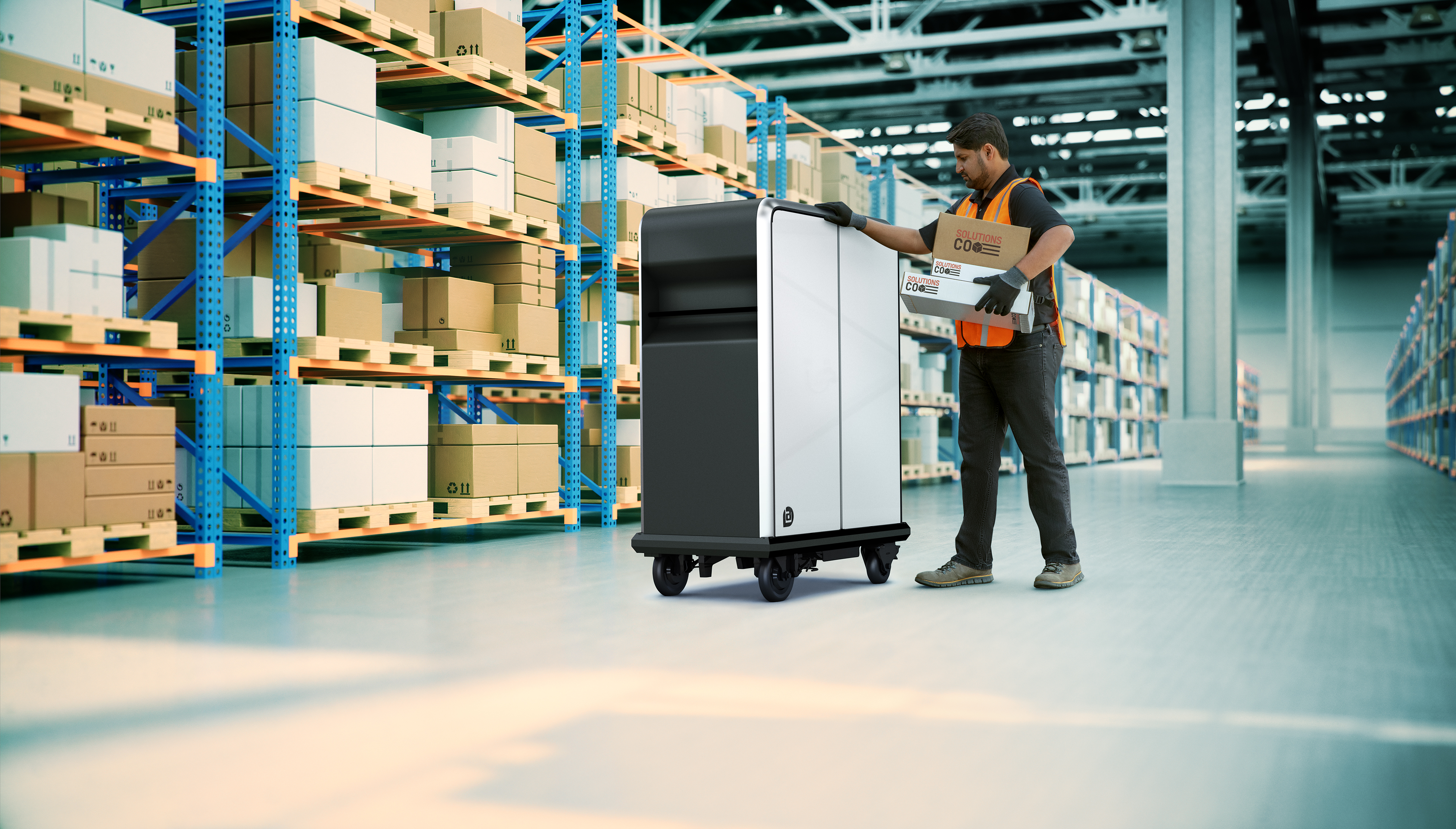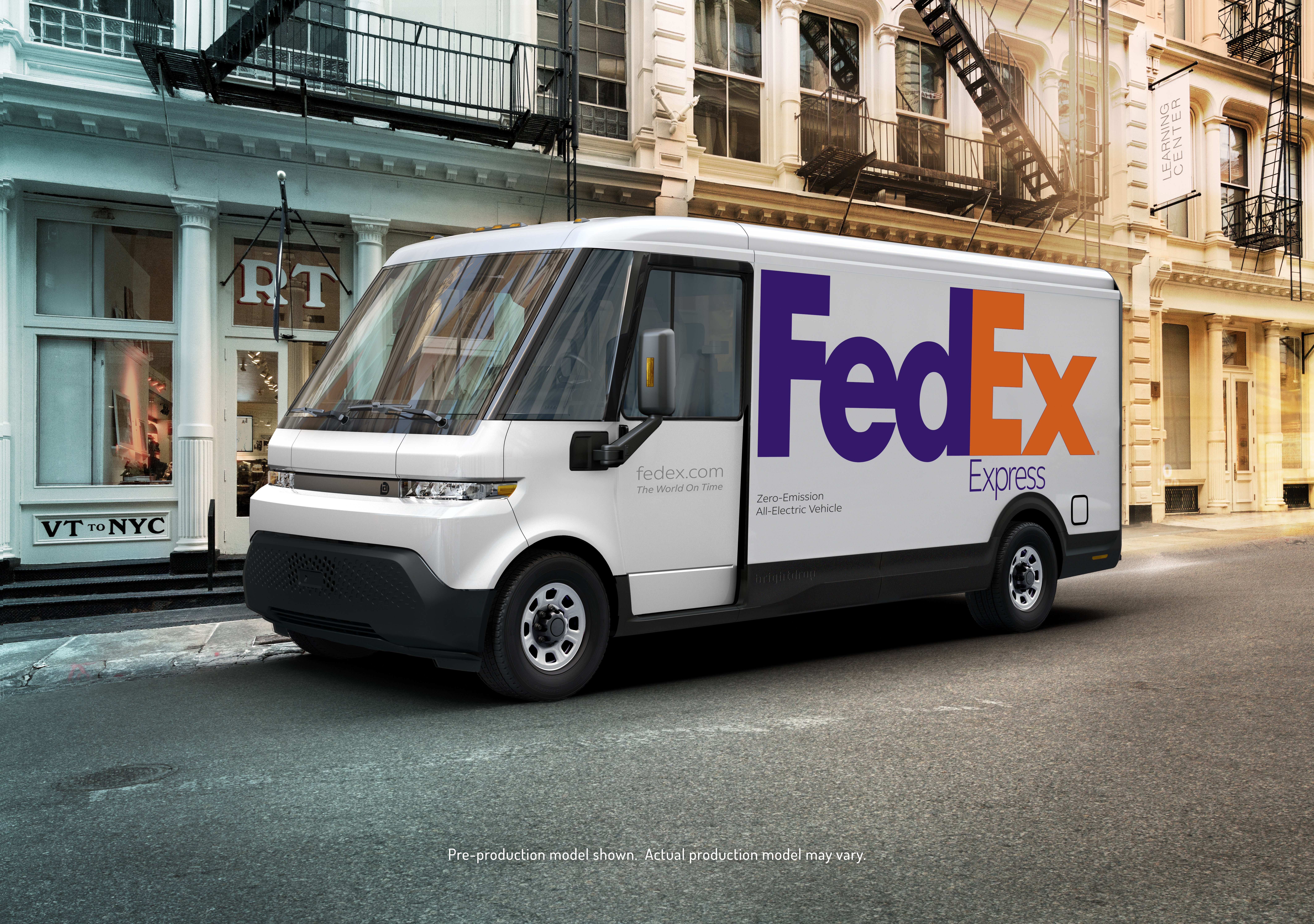News: GM targets delivery companies with new EV business unit BrightDrop
GM has launched a new business unit to offer commercial customers — starting with FedEx — an ecosystem of electric and connected products, the latest effort in the company’s ambitious $27 billion bid to become a leading electric automaker. The new business called BrightDrop, which officially launched Tuesday during the virtual 2021 CES, will begin
GM has launched a new business unit to offer commercial customers — starting with FedEx — an ecosystem of electric and connected products, the latest effort in the company’s ambitious $27 billion bid to become a leading electric automaker.
The new business called BrightDrop, which officially launched Tuesday during the virtual 2021 CES, will begin with two main products: an electric van called the EV600 with an estimate range of 250 miles and a pod-like electric pallet dubbed EP1. BrightDrop has other products in mind and is tinkering with a few concepts, including medium-distance vehicle that transports multiple electric pallets known as EP1 as well as a rapid load delivery vehicle concept, which was teased Tuesday.
This isn’t just a vehicle play, however. GM has also developed a suite of software tools to offer an EV ecosystem for the commercial marketplace. It’s also setting up a dealership network to support sales and service and plans to help commercial customers set up charging infrastructure.
The cloud-based software platform, which can be accessed on the web or by mobile app, will give users information to improve operations, including the best delivery routes and other fleet management features, according to GM. The electric van and pallet will have an array of connected features designed to give customers better ways to monitor and manage the vehicles, including location monitoring, battery status and remote commands to lock and unlock.
BrightDrop is the latest “startup” to spin out of the automaker’s Global Innovation effort, an in-house organization that has led to the launch of OnStar Insurance, OnStar Guardian and GM Defense. Travis Katz, who was an entrepreneur-in-residence at Redpoint Ventures, has been named CEO and president of BrightDrop.
The idea for BrightDrop was sparked by a team within the Global Innovation organization that was evaluating the growth of e-commerce and consumer demand for online delivery, which has been exacerbated by COVID-19.
“The more we learned about the demand and the challenges of delivery and logistics from that first mile to literally the last five feet, the more we saw the opportunity to leverage GM’s expertise in things like electrification, mobility applications, telematics, fleet management to help businesses move goods and services in a smarter and more sustainable way,” Pam Fletcher, vice president of Global Innovation at General Motors, said in a media briefing ahead of the announcement.
That opportunity is a substantial one, based on GM’s estimates. The automaker said that by 2025, the combined market opportunity for parcel, food delivery and reverse logistics in the U.S. will be more than $850 billion. Demand for urban last-mile delivery is expected to grow by 78% by 2030, leading to a 36% increase in delivery vehicles in the world’s top 100 cities, according to the World Economic Forum. At the same time, this increase in demand is expected to cause delivery-related carbon emissions to rise by nearly one-third.
The EP1
The business unit’s first product is called the EP1, a propulsion-assisted, electric pallet developed to move goods over short distances. For instance, it might be used to shuttle goods from a warehouse to a delivery van. The pod will be available in early 2021.
The EP1 has a built-in electric hub motor that can travel up to 3 miles per hour. The pod’s speed will adjust depending on the operator’s walking pace.
The EP1, which GM says it’s designed to maneuver in tight spaces, can about 23 cubic feet of cargo space and carry a payload of up to 200 pounds. Inside the pod are adjustable shelves and lockable cabinet doors to allow for remote access to whatever goods are being transported.
FedEx recently completed a pilot program testing the EP1. FedEx Express couriers were able to safely handle 25% more packages per day with the EP1s, according to GM.
BrightDrop and FedEx Express have another pilot scheduled to take place in a major urban center in the U.S. this quarter.
The EV600
The electric delivery van is a vehicle designed and built off of GM’s Ultium architecture — the heart of the company’s EV strategy. The first vans will be delivered to FedEx at the end of this year. BrightDrop expects to make the EV600s available to more customers to order starting in early 2022.
The vehicle will be able to travel an estimated 250 miles on a single charge. Its peak charge rate will be up to 170 miles of EV range per hour via 120kW DC fast charging, according to GM.
The inside is roomy with 600 cubic feet of cargo area and comes with a security system to keep goods safe. There is a 13.4-inch-diagonal, full-color infotainment screen, front sliding pocket doors, wide cabin walkways and a large auto-open cargo bulkhead door.
The electric van comes standard with advanced driver assistance tech found in its consumer vehicles, including front and rear park assist, automatic emergency braking and other warnings to keep the driver in the lane. The van also comes standard with a forward collision alert, following distance indicator, front pedestrian braking and automatic high beams and HD Rear Vision Camera.
Customers can pump up the safety features and add options such as rear cross traffic braking, blind zone steering assist, reverse automatic braking, HD surround vision, rear pedestrian alert and enhanced automatic emergency braking.







